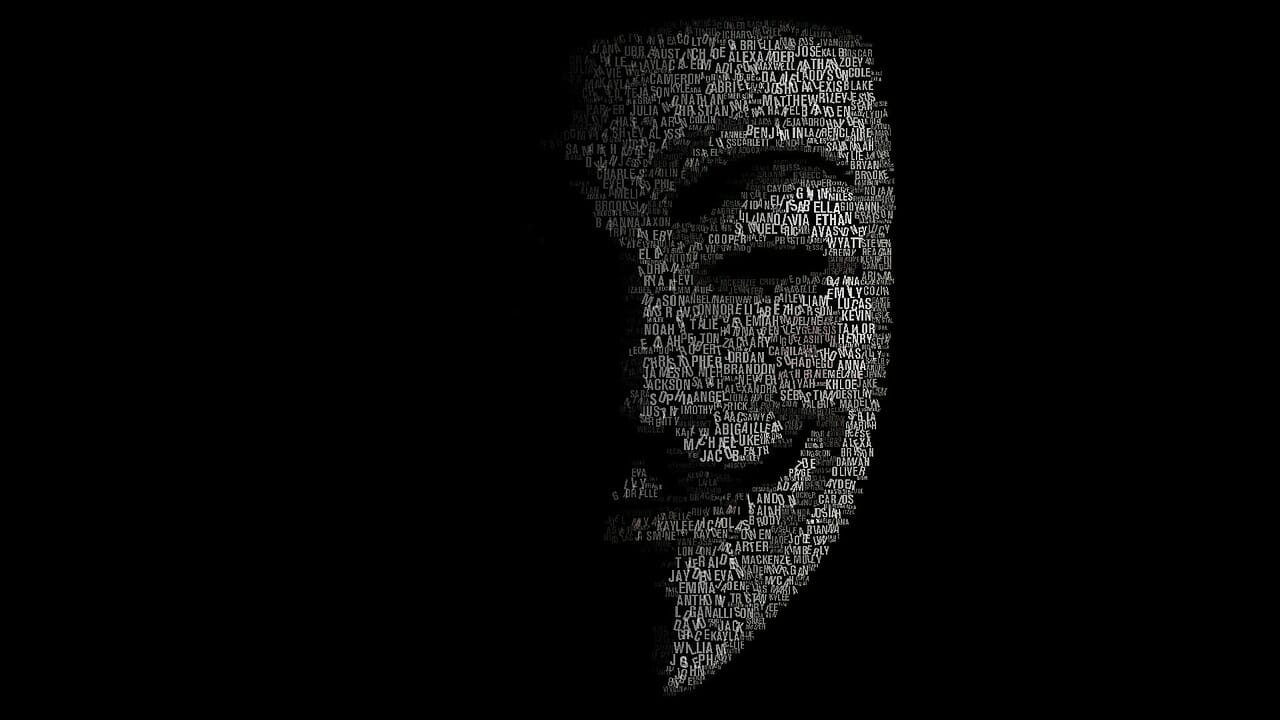Despite the increasing threat of cyberattack over the past decade, the United States as a whole seems to have treated cybersecurity as an afterthought. Serious security breaches such as the attack on the Office of Personnel Management in 2014 have affected the government, businesses, and individuals alike with the theft of terabytes worth of valuable information.
In response to this, President Obama has announced the Cybersecurity National Action Plan (CNAP) to help secure Americans against digital threats. Included in the long-overdue proposal is a plan to dedicate $3.1 billion into modernizing the U.S. government’s legacy software and computer equipment. This is especially welcome considering how some government systems still rely on Windows XP, a 15-year-old operating system that lost support from Microsoft last year. To continue receiving security patches, the US Navy even paid the software company $9.1 million. Additionally, a new position will be opened for the Federal Chief Information Security Officer who will have the responsibility of leading and driving cybersecurity policy.
For the American people, the CNAP wants to spread awareness of proper security practices such as two-factor authentication or the use of a password and (typically) a smartphone to login and vigilance against phishing/fraud emails. To back these statements, government services will adopt two factor-authentication and make reporting digital fraud and identity theft easier through sites such as IdentityTheft.Gov.
Overall, the CNAP’s goal is to force cybercriminals through more hoops when attacking Americans. Even if this plan fails to pass, it has already established an excellent mindset going into the digital-dominated future. To see further details of the Cybersecurity National Action Plan, click here.








